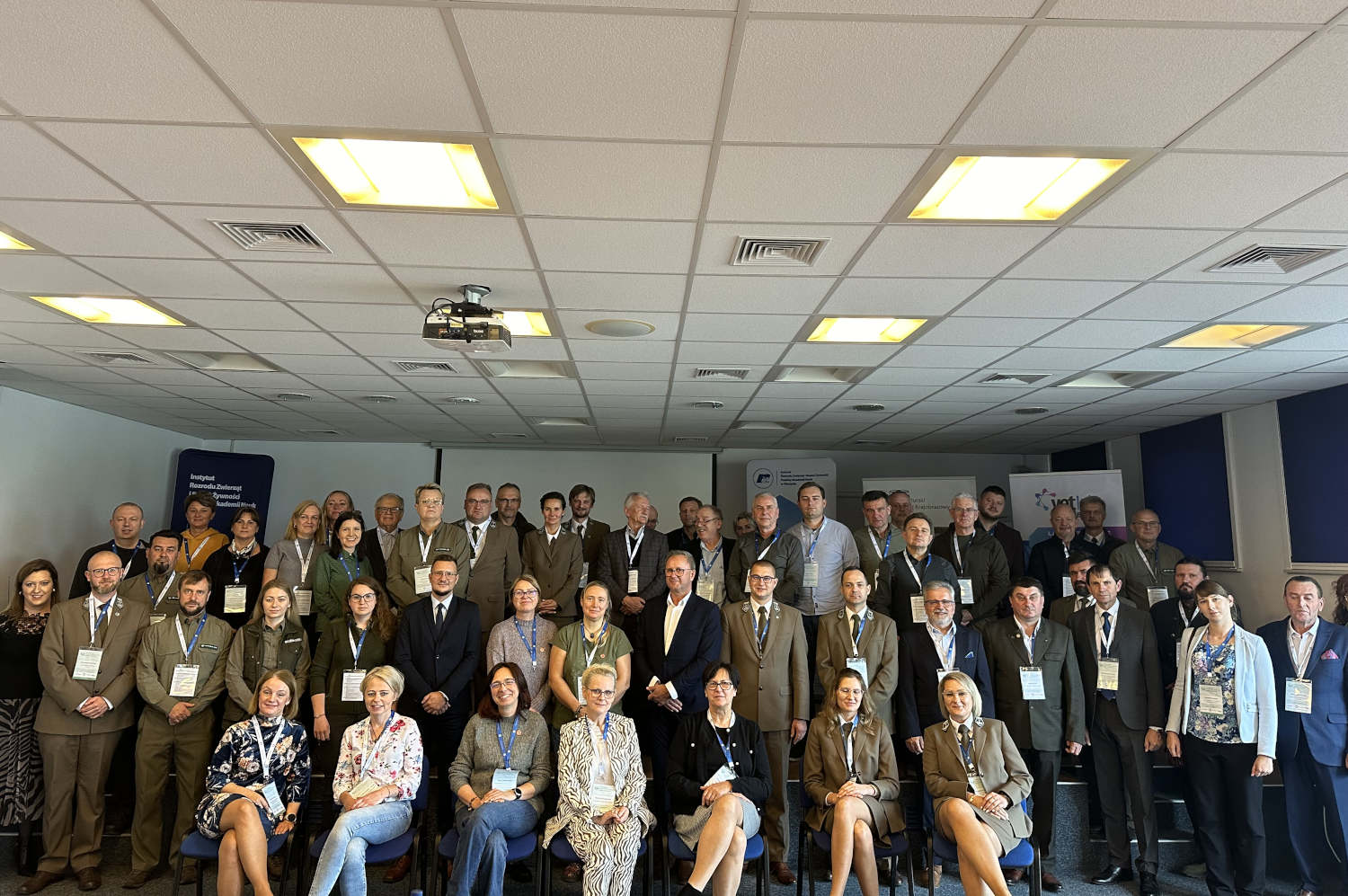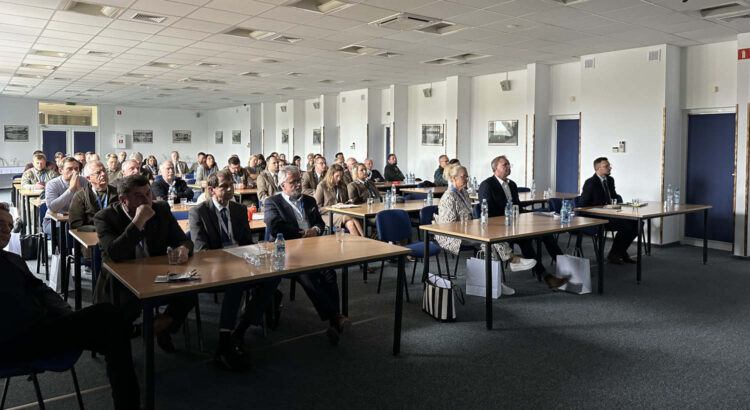Determining the relationship between native and non-native species of free-living fauna in a given habitat in the context of biodiversity protection is one of the challenges of modern science. This issue is being investigated by our scientists.
This issue was also a major topic of the 6th Symposium: Perspectives in Biodiversity Conservation, held on 22-23 October at the House of Creative Work of the Polish Academy of Sciences in Wierzba.
– Each edition of the symposium is our scientific response to current topics concerning the protection of biodiversity and the relationship between humans and free-living fauna, its protection and, on the other hand, its use as a research model. Therefore, this year was dominated by the issue of balance in biodiversity protection – says Professor Anna Korzekwa, leader of the Biodiversity Protection Team of the IARFR PAS, who initiated and organises the annual symposium.
As she points out, studying the impact of non-native species on native species requires long-term and complex observations. – An example is the relationship between the red deer, known as the king of the forest (native species) and the sika deer – eastern (non-native species). The sika deer was brought to Europe for hunting purposes at the end of the 19th century and has also spread to Poland, making it a habitat competitor to the red deer. Currently, more than 280 000 red deer are recorded in Poland, while sika deer number around 350. It may seem that the difference is significant, but we do not know how this non-native species will spread over the next decades and to what extent it threatens our native species – explains Professor Anna Korzekwa.
ABOUT THE SYMPOSIUM
The aim of the annual Symposium: Perspectives in Biodiversity Protection is to exchange scientific and practical experiences and to integrate the community of researchers and practitioners – specialists from various institutions nationally and internationally.
The organisers of the meeting were the Institute of Animal Reproduction and Food Research of the Polish Academy of Sciences, the Branch Office of the Polish Academy of Sciences in Olsztyn and Białystok, and the Mazury Landscape Park. The two-day symposium featured lectures that were divided into three sessions. The first was led by Krzysztof Wittbrodt, director of the Mazury Landscape Park, the second by Prof. Anna Korzekwa, leader of the Biodiversity Protection Team at IARFR PAS, and the third by Prof. Małgorzata Kotula-Balak from the University of Agriculture in Kraków.

This year, the event brought together 70 participants from Poland and Lithuania. Nineteen presentations were given during the symposium. The opening lecture concerned the natural heritage of Masuria as an element of Masurian identity. There was also a field session on the Popielno Peninsula, led by representatives of the Mazury Landscape Park.
On the basis of the lectures delivered, a monograph is planned to be published.
ABOUT THE BIODIVERSITY PROTECTION TEAM
The Biodiversity Protection Team of the Institute of Animal Reproduction and Food Research of the Polish Academy of Sciences has its headquarters in Popielno, together with the IARFR Research Station. It is a place situated among the picturesque grounds of the Popielno Peninsula, surrounded by four lakes: Śniardwy, Bełdany, Mikołajskie and Warnołty.
The team conducts interdisciplinary research focusing on the topic of biodiversity protection.
One example of a research interest is the use of stem cells from deer antlers to treat, among other things, disorders of cartilage formation or defects in various tissues. – Our research focuses on stem cells in terms of their use in the treatment of osteoporosis – points out Prof. Anna Korzekwa.
Other research concerns the potential of cervid meat as an alternative to commonly consumed meat species – popular on Polish tables: beef and pork. We have written more about it here.
Scientists are also carrying out research focusing on the European roe deer, which lives in three types of habitat: field, forest and mosaic (mountainous and urban). – It turns out that roe deer condition, body shape and reproductive potential differ between habitats – we are analysing this. We are also investigating the phenomenon of so-called gestational diapause, i.e. the arrest of the embryo at the blastocyst stage in the uterus, the genesis of which is under study – says Prof Anna Korzekwa.
You can read more about the team’s work here.

